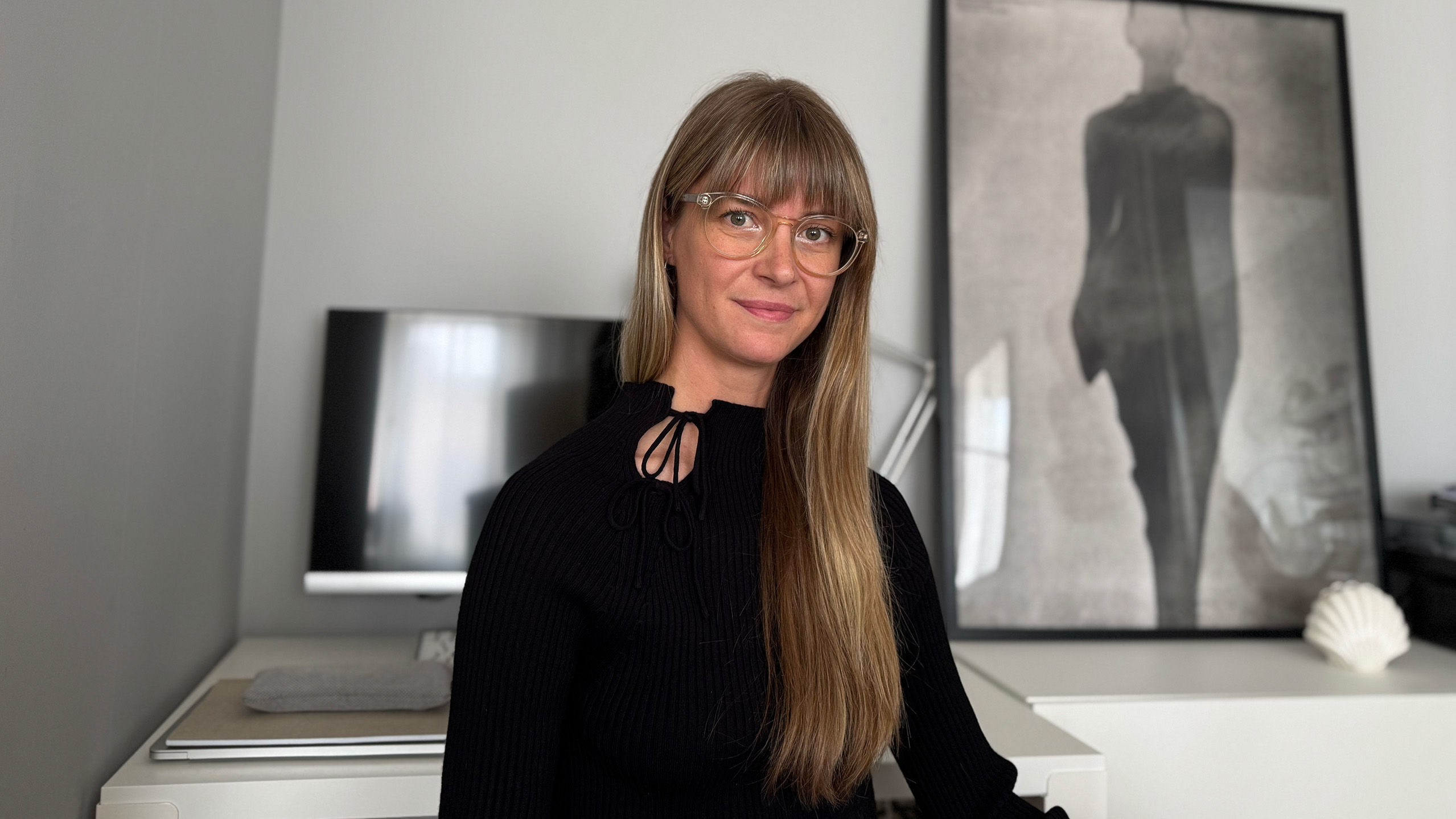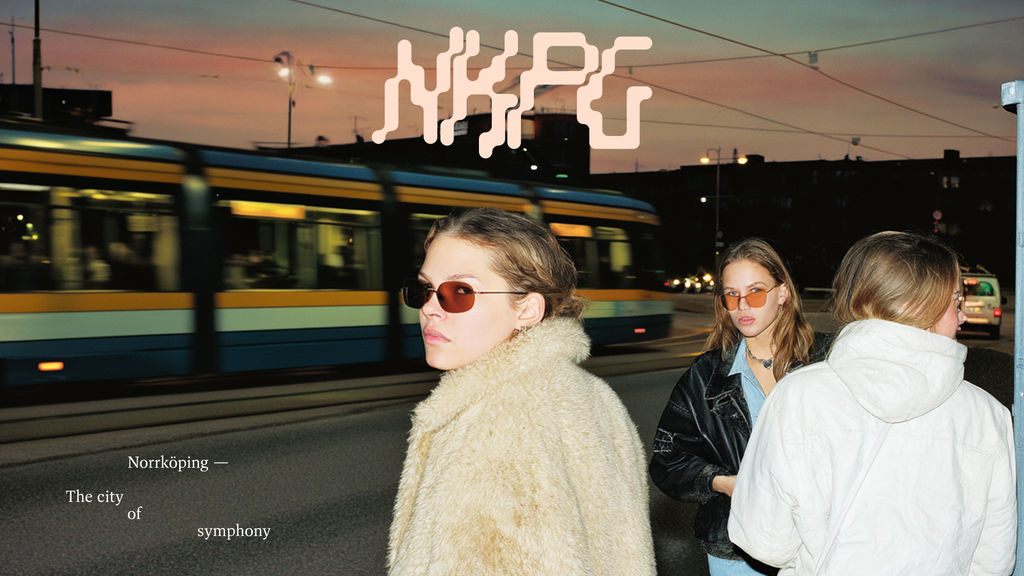Expanding Creative Horizons through Berghs’ Art Direction & Digital Design Course

Johanna Åkeson recently completed Berghs’ 12-week Art Direction & Digital Design course. She wanted to build her skills in Figma, explore AI tools, and gain new perspectives on the design process. Read how the course helped her expand her creative range and develop a more inspired approach to her work.
Hi Johanna! who are you and what do you do?
My name is Johanna Åkeson and I live in Stockholm. I’ve worked in design and art direction for the past ten years after completing the Communication Design program at Berghs, where I retrained after a few years in the fashion industry. I’m currently working as Lead Designer at Prime Weber Shandwick.
You recently took "Art Direction & Digital Design". What made you choose this course?
I’d heard great things from others who had taken the course, and I was eager to learn the basics of Figma, develop my work with AI tools, and spend time focusing on the design process as a whole.
What did you take away from the course?
I discovered that my design skills are broader than I’d realized. Being pushed to build a project step by step, and really explore each stage, made the final result even more rewarding. It was also inspiring to meet other participants from across the industry and from different parts of the world, each with unique perspectives. I also walked away with a beautiful project that reflects part of who I am—my interests and my story.
What was it like having LINNEA GIDELÖF as your instructor?
Linnea was exactly what both I and the rest of the class needed. She had an exceptional sense of timing, and was always encouraging and challenging us to get the best out of ourselves. She was calm, fun, and professional, and she shared her knowledge and experience very generously.
What did you find the most fun or valuable during the course?
Getting equal time for each part of the design process, from brief to finished project, and being forced to slow down in the stages I would normally rush through because they felt less easy or appealing. In the course, I learned how to work through those parts in a way that inspires me. This mindset, combined with practical skills in Figma and AI tools, became highly valuable assets.
Have you been able to apply what you learned?
I now use AI tools as a sounding board in my daily work, and as inspiration for personal projects. I’d been looking for a natural way to integrate them into my creative process, and during the course it became clear how to do it. This makes it easier to quickly test ideas and hypotheses, while keeping my inspiration alive.
What does a typical day at work look like for you?
It varies a lot depending on the time of year—sometimes it’s all about idea development, other times it’s more production-focused. Most days start with a check-in with the design team to get an overview of what’s ahead and what needs to be prioritized, especially during busy periods with many projects running at once.
What’s the best part of your job?
The variety—different tasks, different challenges, and different solutions. Being able to work with concept, storytelling, and craft is something I really value.
And the challenges?
They’re the same as the best parts of my job—constantly receiving new briefs and challenges that each need their own timely, forward-looking solutions to meet the need in a fresh way.
Where do you find inspiration?
A lot comes from nature—I think everyone is drawn to and relates to organic shapes. For ideas and concepts, I’m inspired by social contexts and human behaviour, by understanding different target groups and perspectives. But also by other people’s work. I think the agency Barkas is excellent, especially in storytelling within concept and visual communication. I also follow Instagram accounts like The Brand Identity every day, which makes my feed a constant source of inspiration.
Do you have a career tip you’d like to share?
Be curious, and trust the process. You can’t know the destination before you start—whether it’s in a project or in your career. If you already know the solution before you’ve even started the idea work, there’s a risk it’s not the best idea or the right path.
What would you say to someone considering taking this course?
Go for it! Challenging yourself and having dedicated time to work on concept development, idea generation, and craft makes it clear which parts of the work you enjoy the most—and shows how you interpret assignments under time pressure. It makes the end result feel even more intuitive.

Related Articles

Embracing AI to Empower and Coach Entrepreneurs
Yvonne Boe recently completed Berghs’ 8-week online course AI for Marketing Professionals.

From Curious Explorer to AI Power User – How One Product Marketer Transformed His Workflow
Chris recently completed Berghs’ 8-week online course AI for Marketing Professionals.

Unlocking the Power of Influencer Marketing
Having recently finished Berghs' 4-week online Influencer Marketing course, we caught up with Malin Eklöf, Project Manager and PR Consultant based in Gothenburg.